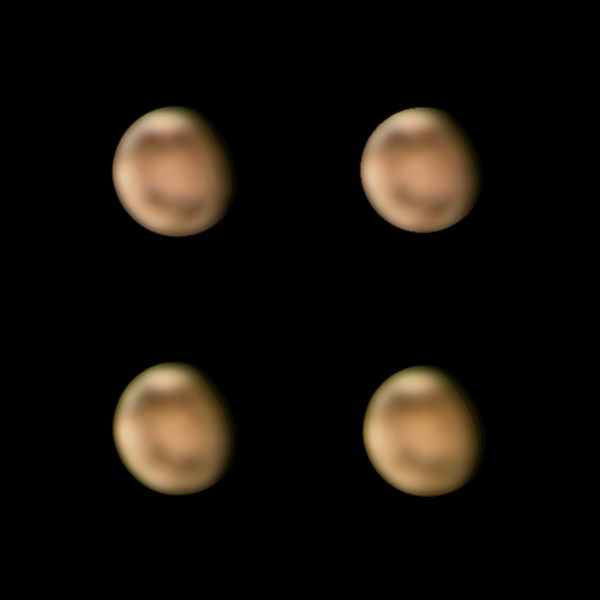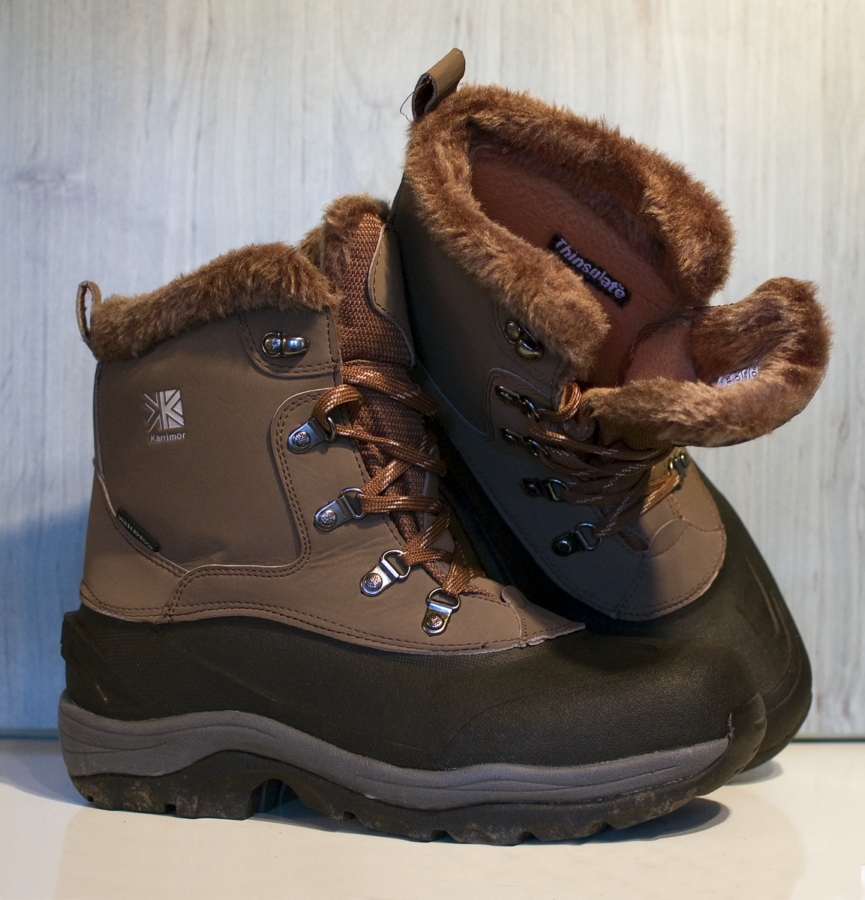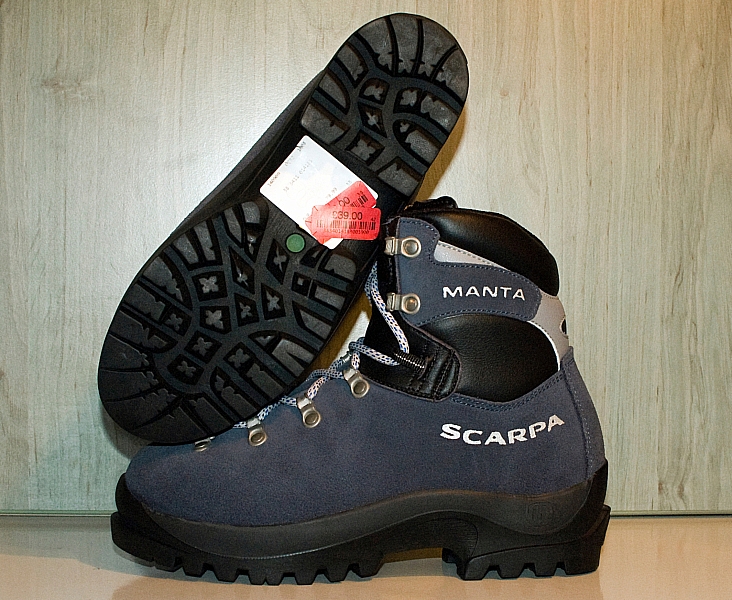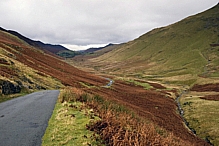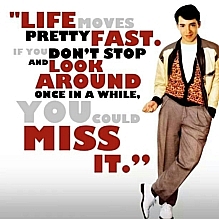Saturday evening was forecast to be cloudy and wet, and I was resigned to an evening of avoiding Strictly, Casualty and the rest of the Beeb's prime-time twaddle, but the forecasters got it wrong - just for a change there was more gap than cloud. I grabbed my chance and cranked-up the obsy.
At such short notice I'd not had much time to think ahead, so, as the Newt's cooling-fan purred away, I sat back and looked up for inspiration. Rising in the East was Mars, and just for once it looked fairly bright. Target acquired!
After the scope had been cooled and the collimation checked I slewed it around to Mars and set about trying to get a decent focus - not easy, as the scope was dancing around in the wind, sending the image dancing all over the webcam chip. After a quarter of an hour of this malarkey I was happy with the focus and set about grabbing some .avi data. While this was going on I was on the lookout for Alpha-Monocerotid meteors - a minor shower that peaked on the 21st. I managed to spot a couple of them and a few sporadics as well, but didn't have the dSLR set up so there are no pics.
Most of the webcam runs had some blurring and fading due to clouds and hence got consigned to the Recycle Bin, but some were OK. By about 03:00 a full cover of cloud had rolled in and spoiled the show so I closed the roof, had a cuppa and started processing the data. I figured that the night had finished so I parked the scope and packed away.
Leaving the obsy at 04:00 I looked up again and all was clear, so I did a smart about-face and went back in. Half an hour later I was set up again and looking at Saturn for the first time in ages. I grabbed a few .avis before the clouds spoiled things again, and this time there was some drizzle so the session was definitely finished.
After a couple of hours of kip I finished processing the Mars data, ending up with some rubbish and a few decent images. From these I've made a composite image just to see if there are any noticeable differences due to processing or planetary rotation. For an explanation of what's what, see the text below the pic:
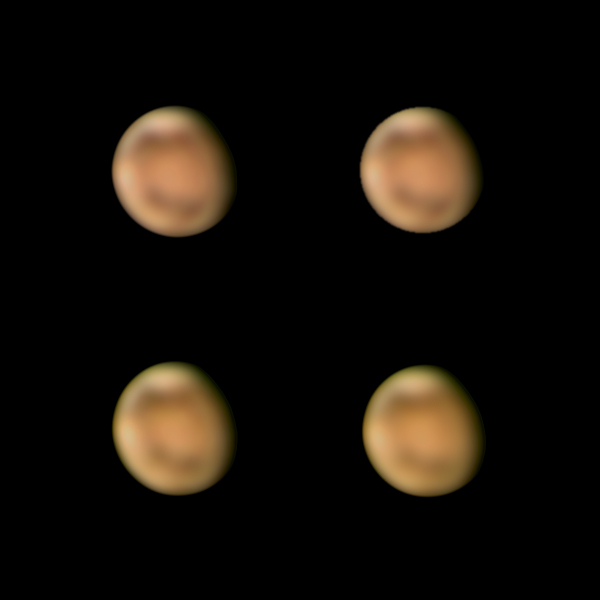
Upper images from a 7200-frame avi taken at 02:08 - left: best 10% of frames stacked, right: best 90% of frames stacked.
Lower images from a 7200-frame avi taken at 02:20 - left: best 10% of frames stacked, right: best 90% of frames stacked.
Damned if I can tell any difference between them!
I'm quite pleased with this - it's by far the best Mars image-set that I've done to date, not bad for a cheapo webcam. I'm inspired to get some better data later this month when Mars is a lot higher in the sky.
As for the Saturn data, I've not yet found time to process it properly. First impressions are that the data's not worth the effort, but I might be tempted to have a whack at it. If I get anything worthwhile, I'll let you know.
And now for the rest of the astronews...
Followers of this blog will know that I'm a keen meteor observer, and they may be wondering why there are no observing reports here about the recent showers. Well, the weather's the main culprit...
The Orionid shower peaked on the 21st of October. I managed a short visual session during the preceding evening when all was clear for an hour or so, and managed to spot four Orionids, but the main night was clouded out. Typically it was much clearer the night after too, but I was too busy to get out. It was a similar story with the Leonid shower on the 17th of November - clear the night before when I spotted about ten Leonids, and then cloudy and rainy for the main night and for the rest of the week.
Let's hope for a break in the weather around the 14th of December for the Geminid shower, which is always a good display.

